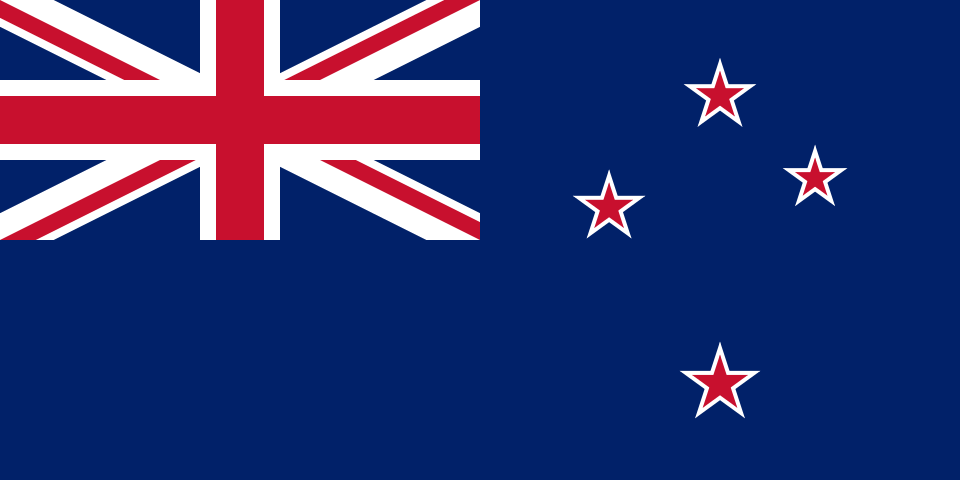The Mandatory Provident Fund (MPF) is Hong Kong’s compulsory pension scheme for the workforce, aimed at providing retirement savings for employees. Implemented in December 2000, the MPF system was introduced in response to an aging population to ensure workers save for retirement . Under the MPF Schemes Ordinance, most employees and their employers must contribute a portion of wages into a privately managed retirement fund, overseen by the Mandatory Provident Fund Schemes Authority (MPFA)
Overview
The MPF is a defined-contribution retirement scheme applicable to employees and self-employed persons in Hong Kong. With few exceptions, all employers in Hong Kong are required to enroll their employees (aged 18 to 64) in an MPF scheme if the employment is for 60 days or more . Regular employees on continuous contracts, as well as part-time or casual employees in designated industries (like catering and construction, even for short-term engagements), are covered. Exemptions are limited – for example, expatriates on very short-term assignments (under 13 months) or those covered by an overseas retirement scheme, and domestic helpers, may be exempt. By covering the vast majority of workers, MPF forms the second pillar of Hong Kong’s retirement protection system , complementing personal savings and social assistance.
Contributions and Fund Management
Under the MPF rules, both employer and employee must make regular contributions to the employee’s MPF account. The standard contribution rate is 5% of the employee’s relevant income from each party . Employers deduct 5% from the employee’s salary and add their 5% counterpart, then remit the total 10% to the MPF trustee. Contributions are subject to minimum and maximum relevant income levels:
• Minimum Income Threshold: If an employee earns below HK$7,100 per month, the employee is not required to contribute (0% employee contribution), but the employer must still contribute 5% of the employee’s income .
• Maximum Income Cap: Income above HK$30,000 per month is not subject to mandatory contributions. The contributions are capped at HK$1,500 each from employer and employee (5% of HK$30,000) . Any income beyond that cap is not mandatorily assessed, though voluntary contributions are allowed.
These contributions accumulate in the employee’s MPF account and are invested in funds chosen by the employee (or default funds if not actively chosen). The MPFA regulates the scheme providers to safeguard the investments. Over a career, the MPF savings (plus investment returns) build up until retirement.
Vesting and Withdrawal
MPF contributions (both employer and employee portions) vest immediately in the employee’s account. However, withdrawal of MPF accrued benefits is generally restricted until the employee reaches the retirement age of 65. Early withdrawal is permitted only under specific circumstances defined by law, such as permanent departure from Hong Kong, early retirement at age 60, total incapacity, or terminal illness. The MPF is portable: when employees change jobs, they can transfer their MPF benefits to a new scheme or consolidate them under personal accounts (this is facilitated by the Employee Choice Arrangement, allowing employees to transfer their own contributions to a scheme of their choice once per year) . If an employee leaves Hong Kong permanently, they may apply to claim the MPF balance in full, subject to approval.
Compliance and Employer Obligations
MPF compliance is a legal requirement. Employers must enroll new employees in an MPF scheme within the first 60 days of employment and make contributions for each payroll period. Failure to contribute or late contributions can lead to penalties and surcharges. Employers who do not comply with MPF obligations are committing an offence – the maximum penalties can be heavy (for example, non-compliance can lead to fines up to HK$450,000 and imprisonment) . The MPFA actively enforces compliance, and employees can report defaults. Employers must also provide employees with pay records showing MPF contributions.
From an HR perspective, MPF is a critical part of compensation cost. While it is legally mandated, some employers offer additional voluntary contributions or private pension schemes to augment employee retirement benefits. Recent reforms are also underway to enhance the MPF system (such as the planned abolition of the MPF offsetting mechanism for severance payments – a change intended to take effect in 2025, which will further strengthen employee retirement savings ).






